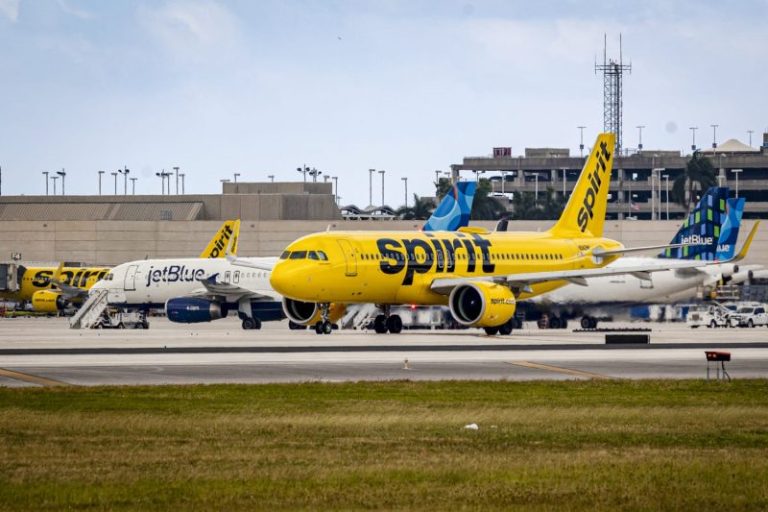Low-Cost Airlines Adjust Their Strategies Amid the Pandemic
The aviation industry has been significantly impacted by the ongoing COVID-19 pandemic, leading to a shift in strategies for low-cost airlines. As the demand for air travel plummeted due to travel restrictions and health concerns, low-cost carriers have been forced to adapt and make changes in various aspects of their operations to stay competitive and financially stable.
One of the key areas where low-cost airlines have been cutting back is on new plane purchases. New aircraft acquisitions are typically a major long-term investment for airlines, but with the sharp decrease in passenger numbers, many carriers have decided to postpone or cancel orders for new planes. This strategic move helps airlines to conserve cash and reduce debt in the short term, allowing them to weather the financial challenges posed by the pandemic.
In addition to delaying new aircraft deliveries, low-cost carriers are also focusing on optimizing their existing fleet. By retiring older and less fuel-efficient planes, airlines can lower operating costs and improve overall efficiency. This move is not only cost-effective but also environmentally friendly, as newer aircraft are more energy-efficient and produce fewer emissions compared to their older counterparts.
Furthermore, low-cost airlines are streamlining their route networks to align with changing travel patterns and demand. As many travelers are opting for domestic or short-haul flights over long-haul international trips, airlines are adjusting their flight schedules and frequencies accordingly. By concentrating on high-demand routes and reducing services on less profitable ones, carriers can improve load factors and maximize revenue on their flights.
Moreover, to attract budget-conscious travelers and stimulate demand, low-cost airlines are offering competitive pricing and flexible booking options. Many carriers have introduced discounted fares, promotions, and flexible change policies to entice passengers to book flights despite the uncertainty surrounding travel restrictions and quarantine measures. By adapting their pricing strategies and being responsive to changing market conditions, airlines can appeal to a wider range of customers and generate bookings.
In conclusion, low-cost airlines have been proactive in adjusting their strategies to navigate the challenging circumstances brought about by the pandemic. By cutting back on new plane purchases, optimizing their fleet, rationalizing route networks, and offering competitive pricing, carriers are positioning themselves for recovery and long-term sustainability in the post-pandemic era. While the road ahead may still be uncertain, the adaptability and resilience demonstrated by low-cost airlines underscore their commitment to meeting evolving customer needs and industry dynamics.



